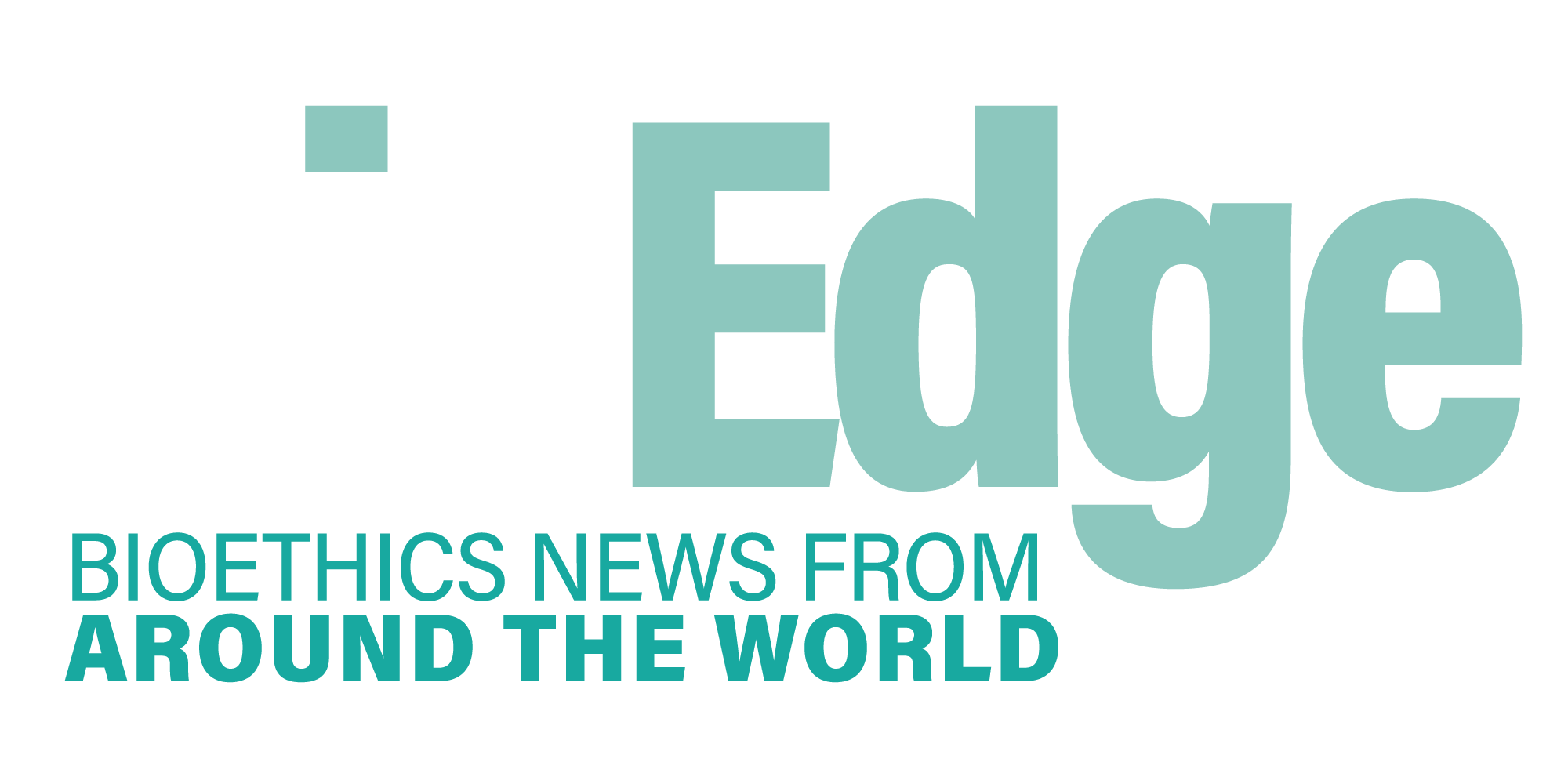A decade later, human genome yields little success for medicine
Few cures result from genetic map Ten years ago, President Bill Clinton
Ten years ago, President Bill Clinton
announced the completion of the first draft of the human genome – and the
promised benefits to medicine are yet to be seen.
Biologists love it, but the primary goal of
the US$3 billion Human Genome Project – rooting out the genetic roots of
diseases like cancer and Alzheimer’s, and then curing them – is still distant.
After a decade of hard work, geneticists have arrived almost where they
started.
The limitations of genomic medicine are
exemplified by a recent test of genetic indicators for heart disease. A study at
Brigham and Women’s Hospital in Boston collected 101 genetic variants
statistically linked to heart disease in various studies, but the variants failed
to predict the onset of disease in 19,000 women who were followed for 12 years.
Dr Nina P. Paynter, who led the study, reported
in The Journal of the American Medical Association this February that taking a
family history of medical conditions was a better guide.
The pharmaceutical industry has spent
billions of dollars in search of genomic secrets and started bringing various
genome-guided drugs to the market. While companies are still pouring huge
quantities of money into this research, it has become increasingly clear that
the genetics of most diseases are far more complicated than anticipated. Some
argue that many more years of research will be required for new treatments to
be able to transform medicine.
“Genomics is a way to do science, not
medicine,” said Harold Varmus, president of the Memorial Sloan-Kettering Cancer
Center in New York, and soon-to-be director of the National Cancer Institute. The
Human Genome Project sought to sequence, or identify, all three billion
chemical units of human DNA, finding the genetic roots of disease and then
developing treatments. ~ New York
Times, Jun 13
Jared Yee
genetics
personalized medicine
